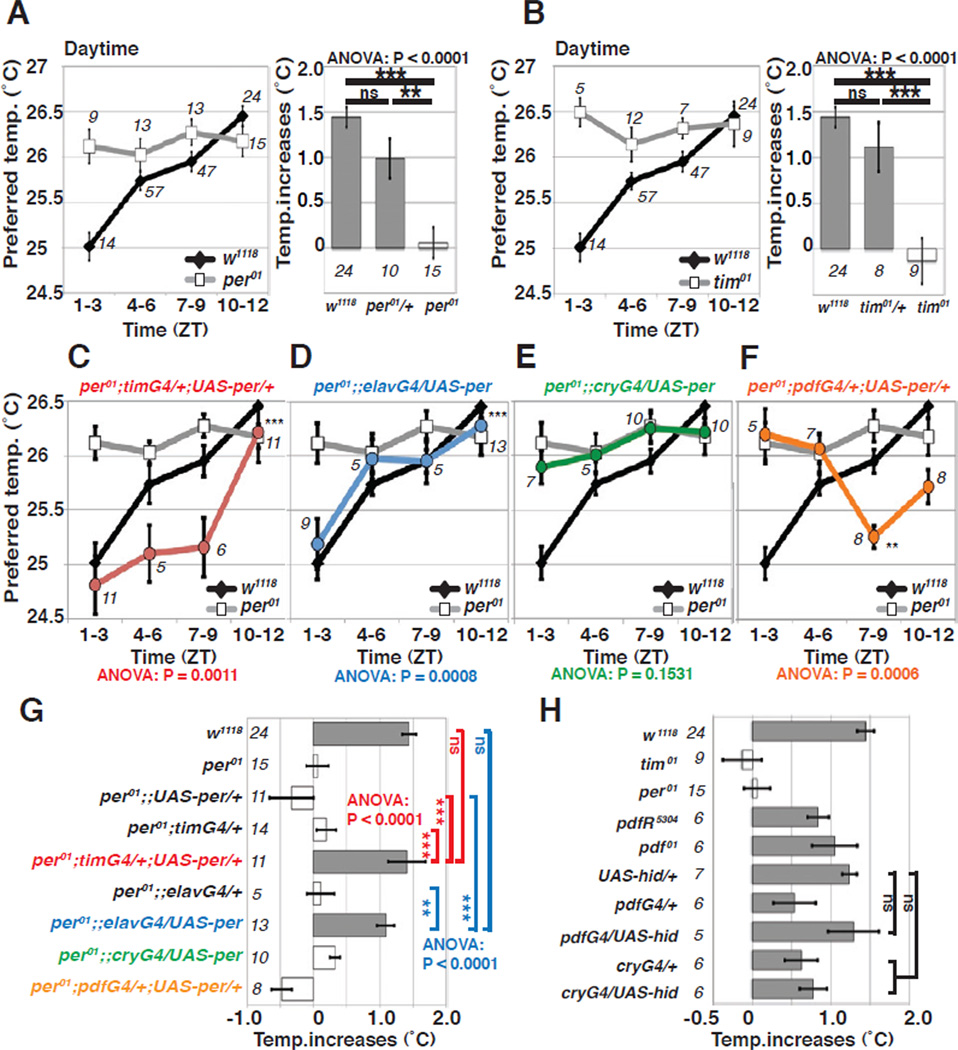Figure 3. The Morning and Evening oscillators are not necessary for daytime TPR in LD.
(A–B) The line graphs show preferred temperatures of w1118 and null mutants per01 (A), and w1118 and null mutants tim01 (B) during the daytime (ANOVA, P=0.77 (per01), P=0.67 (tim01)). The bar graphs show daytime TPR (ZT1–12) in LD condition for each genotype. The same LD daytime data from Figures 1B, 2F and 2H were used for w1118, per01 and tim0, respectively. Tukey-Kramer test comparison to w1118, ***P<0.001, **P<0.01 or *P<0.05.
(C–F) The line graphs show preferred temperatures of w1118 and rescue fly lines in the null mutant per01 background during the daytime in LD. PER expression using tim-Gal4 (C, red) and elav-Gal4 (D, blue) are sufficient to rescue the per01 mutant phenotype for daytime TPR (ZT1–12). PER expression using cry13-Gal4 (E, green) and pdf-Gal4 (F, orange) are not sufficient to rescue the per01 mutant phenotype for daytime TPR in LD.
(G) The bar graph shows the daytime TPR (ZT1–12) in LD for each genotype shown in Figure 3A, C–F. The Morning and Evening oscillators are not sufficient. ANOVA was performed on the following groups; w1118, per01;;UAS-per/+, per01;timG4/+, and per01;timG4/+;UAS-per/+ (red); as well as w1118, per01;;UAS-per/+, per01;;elavG4/+ and per01;;elavG4/UAS-per (blue). Tukey-Kramer test comparison to each control fly line.
(H) The Morning and Evening oscillators are not necessary. The bar graph shows the daytime TPR (ZT1–12) in LD of flies with ablated Morning and/or Evening oscillator cells. The flies were still able to increase their preferred temperature to similar levels as the control flies during LD. The patterns of the TPR of pdf01 and pdfRhan5304 are shown in Figures S2C–D.

